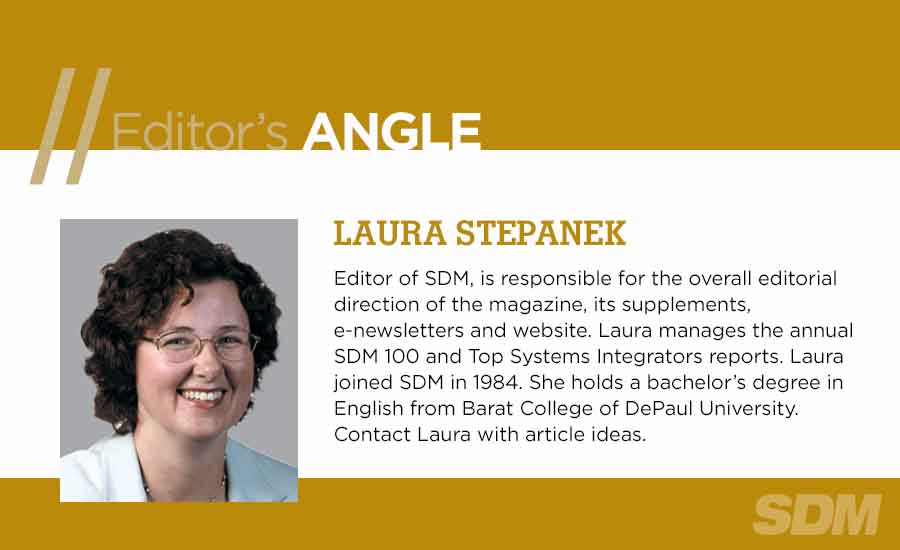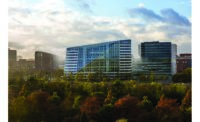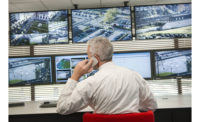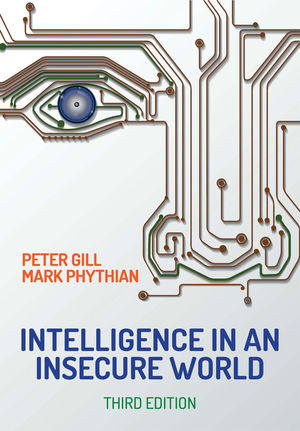Where We Are in the Progress of Smart Buildings
The question is, why is The Edge featured on our cover?

If only I lived in Amsterdam; I would definitely want to work at The Edge. It is certifiably the greenest building in the world with a 98.36 percent (BREEAM-NL) sustainability score. It also may be the most connected office space in the world.
You’ll be amazed when you watch this video produced by Bloomberg Business, which describes the building’s infrastructure and features: “The LED light panels…are powered by low-voltage Ethernet cables, which means every light in the building becomes its own Internet-connected data hub, with 28,000 sensors that makes the building, and its users, smarter”.
But it’s the cool workspace features that make it desirable to employees. As occupants arrive, license plate recognition cameras check their cars and control their access to the building. Workspace is assigned based on need; each time employees come to the office they could be given a work booth, a “concentration” room, a meeting room, a sitting, standing or balcony desk, or simply a chair in the atrium. When they arrive at their workspace, the lights brighten or dim based on their stored preferences in a custom app.
Solar power on the roof and south walls produce enough power for the entire building’s operation, as well as the employees’ electric-powered cars, computers and smartphones.
“It’s maybe the most fully realized vision of the Internet of Things the world has ever seen,” describes the Bloomberg video.
The question is, why is The Edge featured on our cover? In addition to the fact that Schneider Electric was one of the participants in The Edge, this month’s cover story is about the state of smart buildings and the role that the security industry plays in their development.
“Buildings such as The Edge are the dream, with their cost-savings for owners and convenience for users,” writes SDM Managing Editor Karyn Hodgson. “This is an early trend, but one that is likely to take off as technology trends such as IoT, the cloud, PoE and wireless make it more attainable than ever before.”
Hodgson’s article presents an intelligent overview of the challenges and opportunities for security integrators, told through the perspectives of major players in the smart commercial building arena, such as CABA.
“Most buildings today have many of the technologies in place necessary to be smart — but they are siloed, or just ‘somewhat smart,’” says Ron Zimmer, president and CEO, Continental Automated Buildings Association (CABA), Ottawa, Ontario. “Most buildings are dumb buildings, but increasingly we are seeing more integration.”
Some of the major factors affecting the extent to which smart buildings offer real opportunities to security integrators are what to do with legacy technologies; how to handle the need for a very high level of integration among the various systems such as HVAC, electrical, security, etc.; and how the various channels can partner to work on smart building projects.
In addition, while security is certainly not ignored in the smart building concept — The Edge building uses license plate cameras and a security robot patrol — it’s the data from security systems that is not yet being leveraged in general.
And that is the crux of the issue, Hodgson writes.
“Historically security has been isolated or siloed from this from a mass market perspective,” says Steven Turney, security program manager, Schneider Electric, Dallas. “I have been here for 22 years and we have always done [smart buildings] as far as bringing the power, lighting and climate together. But even amongst ourselves security was somewhat isolated from the rest of the technologies in the building.”
To learn more about this fascinating subject, read the article “Intel for Security Integrators About Smart Buildings”.
Looking for a reprint of this article?
From high-res PDFs to custom plaques, order your copy today!








